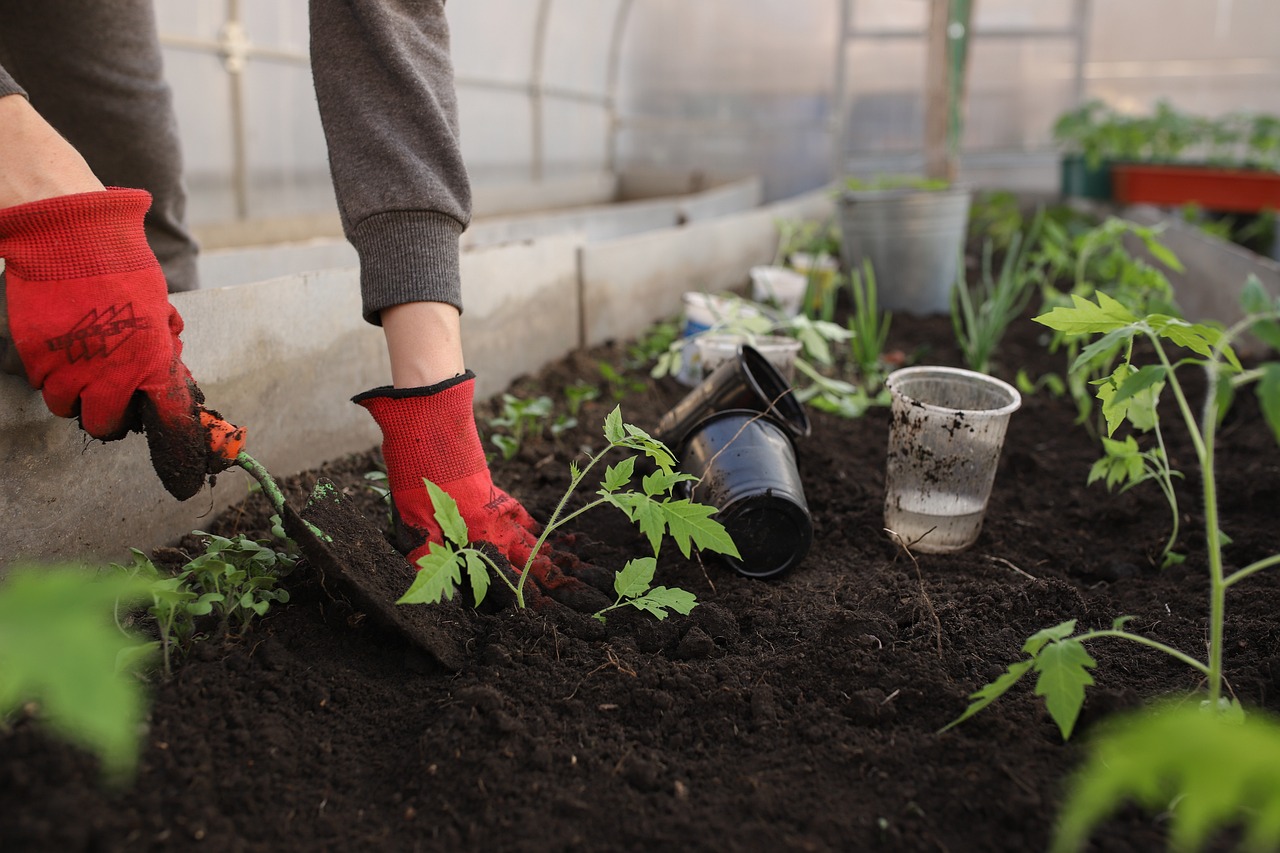
The Midwestern winter, with its frosted windows and wind-whipped cheeks, holds a curious magic. Beneath the frozen slumber, hope stirs. Seeds dream of sun-kissed leaves and juicy flesh, a symphony of flavors waiting to be coaxed from the earth. But for impatient green thumbs, the question burns like a January bonfire: “When to plant a Midwest vegetable garden?”
This almanac is your compass, guiding you through the fertile seasons of the Midwest. We’ll navigate the frost dates, decipher the whispers of Mother Nature, and unveil the perfect timing for sowing, growing, and harvesting a cornucopia of deliciousness.
Spring: Dancing with the Last Frost
Spring tiptoes in, a shy child with hesitant warmth. But don’t be fooled by her gentle touch. In the Midwest, spring can be a fickle friend, teasing with balmy days and then unleashing a surprise frost that nips tender seedlings in the bud. So, we tread cautiously, respecting the dance of the last frost.
- The Frost Waltz: Each region in the Midwest has its own personal frost tango. Northern Minnesota shivers in the grip of Jack Frost until late May, while Missouri might let him waltz away as early as March. Knowing your local last frost date is the golden key. Check with your local agricultural extension office or consult online frost maps for the most accurate intel.
- Seed Symphony: Not all seeds crave the same springtime serenade. Cool-season crops like spinach, lettuce, and peas relish the crisp embrace of early spring, happily germinating when soil temperatures inch above 40°F. Warm-weather lovers like tomatoes, peppers, and eggplant, however, prefer a steamier stage entrance, waiting until the soil warms to a balmy 70°F.
- Starting Indoors: While the frost still taps its icy feet, impatient gardeners can get a head start by sowing seeds indoors. Tomatoes, peppers, and eggplants benefit from a cozy head start under grow lights, ready to transplant outdoors once the soil warms and the frost surrenders.
Summer: Sunshine Symphony Underfoot
Summer explodes on the scene, a vibrant maestro conducting the orchestra of growth. Days lengthen, sunbeams dance, and vegetables leap from the soil in a joyous green fugue. This is the season for revelry, for sowing heat-loving crops and basking in the bounty of your early plantings.
- Succession Sowing: Don’t let your summer veggie patch become a one-hit wonder. Practice succession sowing to keep the harvest flowing all season long. Plant quick-maturing crops like radishes and green beans every few weeks, followed by slower-growing delights like cucumbers and zucchini.
- Vertical Harmony: Maximize your garden space by embracing the vertical dimension. Train vining crops like tomatoes and pole beans to climb trellises or fences, allowing more sunshine and air to reach their lower-growing neighbors.
- Water the Chorus: As the sun’s fiery baton conducts the summer symphony, remember the vital role of the conductor’s tears. Consistent watering is crucial for thriving summer vegetables. Aim for deep, thorough soakings every few days, especially during periods of intense heat.
Autumn: Nature’s Encore, a Harvest Serenade
Autumn arrives, a stagehand in russet and gold, transforming the garden into a final, magnificent act. The days grow shorter, the air carries a hint of melancholy, but the harvest brings its own triumphant melody.
- Reaping the Rewards: It’s the time to pluck the fruits (and vegetables!) of your labor. Tomatoes blush red, peppers gleam jewel-toned, and squash bask in their golden ripeness. Harvest vegetables at their peak for the sweetest, most flavorful experience.
- Preserving the Symphony: Autumn’s bounty is a gift too precious to let fade with the leaves. Canning, freezing, and dehydrating are wonderful ways to capture the summer’s vibrant flavors and extend their song into the colder months.
- Planting for the Future: Autumn isn’t just about saying goodbye. Plant cool-season crops like kale, collard greens, and turnips for a late-season harvest. These hardy souls thrive in the crisp autumn air, adding pops of green to your garden until the first frost strikes its final chord.
As winter’s curtain falls, tuck away your tools and seeds, cherishing the memories of summer’s symphony. But remember, dear Midwestern gardener, the final note is not an ending, but a pause. For soon, the frost will thaw, the sun will beckon, and you’ll be back, fingers itchy, heart filled with hope, ready to sow, grow, and harvest the magic of another vegetable garden year.
